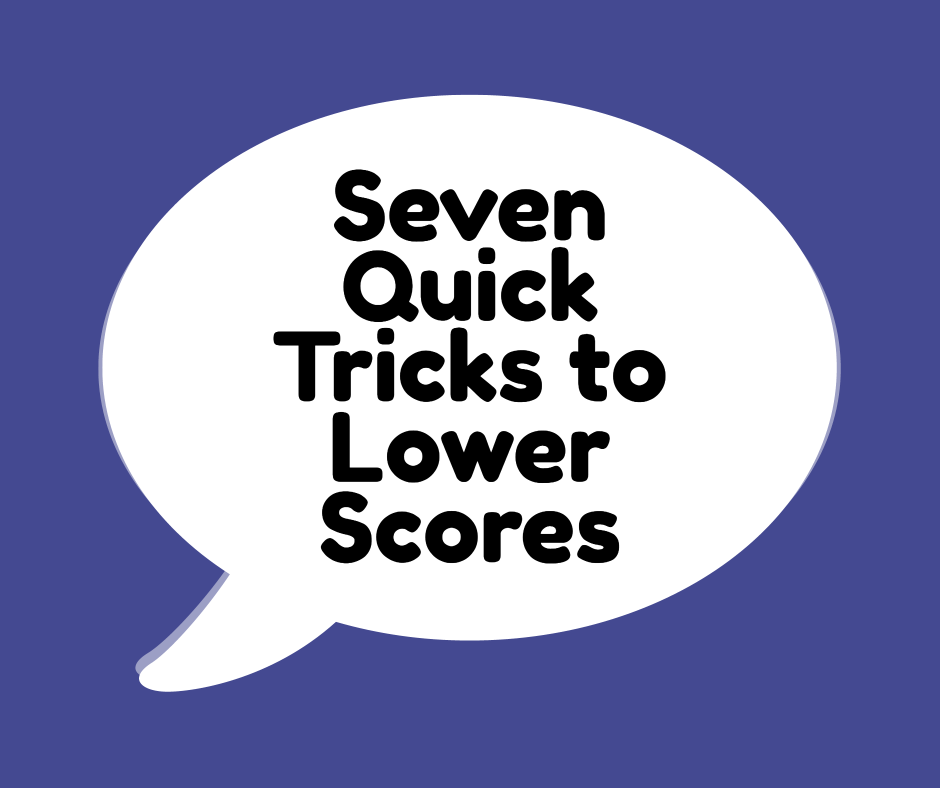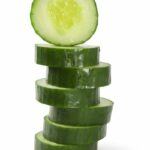As a disclaimer, I am not a golf coach. I am someone who thinks about the game quite a bit and like every other golfer on the planet, I do want to improve. However, I am not looking for a complete overhaul of my swing and don’t want to get into anything too technical. What I want is a couple of simple things that will make a difference. I think I have identified 3 keys for lower scores that I will be working on this year.
Every golfer is different and we all have strengths and weaknesses but I believe that these three ideas can be useful for a fair few golfers. Of course, this is going to be somewhat level-dependent. I am a high single figure golfer. I think this advice would be good for that intermediate bracket of golfer, say from 20 down to 7 or so. Higher than that, there might be fundamental issues to work on. Lower than this and something more technical and precise might be needed.
The Mid-Handicap Progress Plan
Between 7-20 or so, we can probably assume that we hit the ball OK. Perhaps not perfectly, but certainly well enough not to worry about complete mishits every time. The idea is to get better through better course management and decisions rather than suddenly being able to play any better.
A final thing before I actually get to the point (sorry!) These are going to seem fairly obvious, as in ‘or course that is important’. I know and I am not trying to reinvent the wheel. It is more a case of what I will be concentrating on, how I will go about it and why it is so important. Here we go.
1) Distance off the Tee
Just to start with something completely obvious, I will be concentrating on finding myself further up the hole and (preferably on the fairway). Of course, we all want to hit it further, but this isn’t exactly what I mean as I will explain. First, the reason why.
The debate about accuracy versus distance is an old one in the world of golf. There has always been the bomb and gouge brigade and the in-play at all costs group. The former say that it is better to smash it as far as possible and deal with the consequences with a wedge and the later than they prefer to find themselves with a seven iron from position A in the fairway.
Of course, there are occasions when both of these are right. It is crazy to lay up when you have a huge open fairway on a long par four. Likewise, hitting driver flat out when there is water in the landing area is the definition of stupid golf. Until recently, there was no definite answer to this question but today there is.
Statistics from things like shots gained and Shot Scope clearly show that average score is lower the closer we are to the hole, especially for golfers hovering around ten handicap. This doesn’t mean to hit and hope. If you can’t control your driver at all, it is just going to cost penalty strokes as it sails out of bounds. For a half-decent golfer, this shouldn’t be the case. We can all lose one now and again, but most of the time the driver should be in play.
Not Just About Swing Speed
So how am I putting this into practice? Well, I won’t be working on swing speed per se. My quest for distance will be through using driver more often. I have spent a lot of time in the last few years playing other clubs off the tee while my driver has been misbehaving, whether that is three wood, hybrid or long iron. I hit this clubs well enough but as someone who is relatively (but not ridiculously) long off the tee, I have been leaving a big advantage on the table.
Over the last year or so, my driving accuracy has come back with a couple of changes. However, I am struggling to use it as much as I should. One example is one of the shorter par 4s on my home course. It is around 330m/360 yards or so. This is quite a tough tee shot. There is a smallish opening framed by trees. The tee box is lined up with the right side of the fairway and there is a bunker all the way along with a wood (hazard) just to the right. On the left, there is water all the way along even though this is invisible from the tee.
I would use a hybrid ‘for safety’. However, there were a couple of problems with this. Firstly, the shorter you are, the tighter the fairway actually is. At driver distance, there is certainly trouble on the sides, but there is a very wide bit of fairway between. Secondly, hybrid left me hitting perhaps a seven iron into a well-protected green with water still there on the left. Given I can hit an over-draw with my irons, this isn’t great.
My logic might have seemed good by hitting a shorter club for safety because of the hazards, but it didn’t really stand up to closer examination. A driver leaves me more room with a shorter club in and a much easier shot. This is the case more often than you might think. It is worth remembering just where the danger really is.
2) Greens in Regulation
The second key I am looking at is greens in regulation. I have talked about this before and it is a very important stat. In fact, it is perhaps more important for me than for many golfers because my up and down percentage when I miss a green is very poor! It is a simple fact that you are not going to score poorly if you are hitting most of the greens. However, scoring when you don’t hit any/many is a tough ask and is going to put a lot of pressure on your chipping and putting.
Someone once told me that a fair way to calculate an expected score is to take 95 and subtract twice your greens in regulation. The end result is, I have often found, surprisingly accurate. For example, if I hit 5 greens, this method says I should be scoring around 85. This will then vary a bit depending on short game skills.
Once again, the stats back this up. A scratch handicapper will be hitting on average just under 12 greens a round. This gives him an average predicted score of around 71 which is probably about right, depending on course rating and his or her short game.
A ten handicapper will be hitting about half as many at a touch over six greens per round, to give an average score of 83, or 12 shots more. If this golfer can hit a bit over two more greens per round, he will be heading towards a five handicap! Think about that for a bit. One of the differences between a ten handicapper and a five handicapper is simply hitting 2 more greens per round.
For me, I want to try to hit an average of 9 greens per round this year. This is perhaps slightly ambitious but not ridiculously so. doing this could potentially see me playing to under a five handicap for the first time.
3) No More Three Putts!
Another completely obvious one to finish. I don’t want to three putt anymore. Who does? Of course, I will three putt, but I intend to do it less. At my handicap level, I will statistically be three-putting once every 15 holes or so. A 5 handicapper does this every twenty holes so less than once a round. I probably 3 putt more than my fair share and I might even be as bad 2 three putts per round which will place me firmly around a bogey player.
Of course, wishing for something does make it so and I do have a plan to improve. Essentially, I will be working on two things: distance control and the short putt. I believe that getting that first putt within gimme distance is key and this is all about pace control. Line becomes less vital over long putts so I will be trying to get a reasonable line and then working on getting the ball just past the hole.
On shorter putts, I will be doing just the opposite. Line is key and so I will be focusing on picking a line and then getting my putter head moving through with a confident (and wobble-free!) stroke.
There are my three keys to lower scores and if you have been paying attention, you will notice that they are all strongly related. If I am hitting the ball further up the hole, I will be hitting shorter clubs in to the green more often which will lead to more greens. More greens will also mechanically mean more longer putts. If I hit nine greens for example, I will have nine first putts and a majority of these are likely to be longer. If I only hit five greens, I will only have 5 long first putts at most and probably more medium length ones after one of my famous duffed chips! The long first putt to gimme range has become key.
This plan might look simple but don’t underestimate it. If I can start to tick these three boxes, I think I can lower my handicap and I believe this is the case for most of us. Let’s see how it goes.







